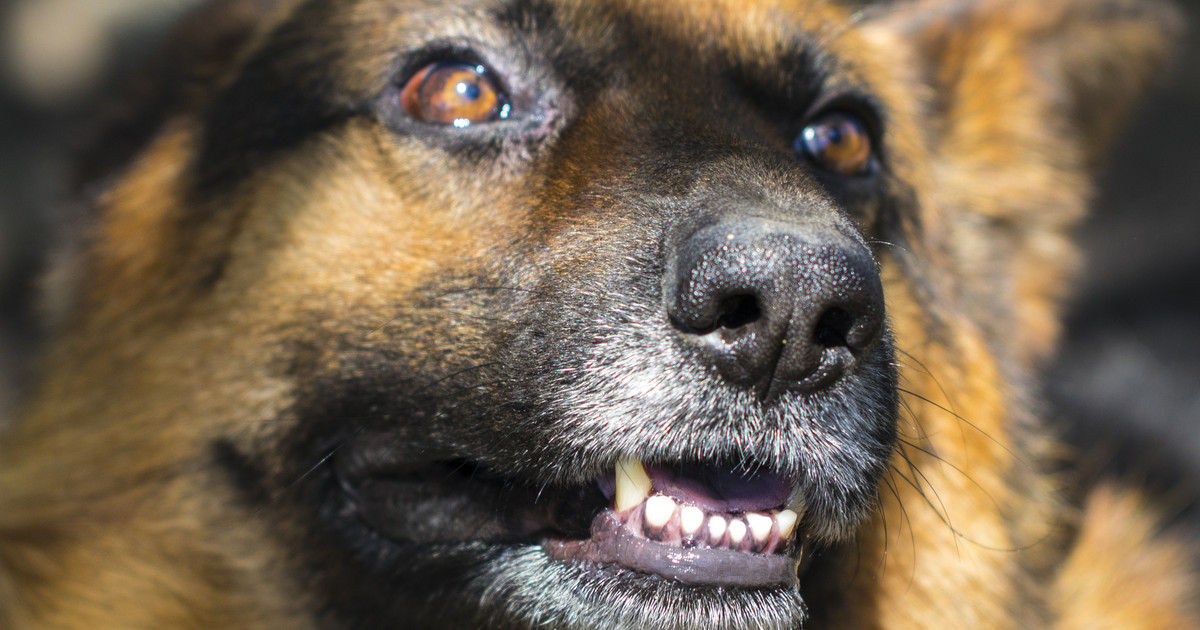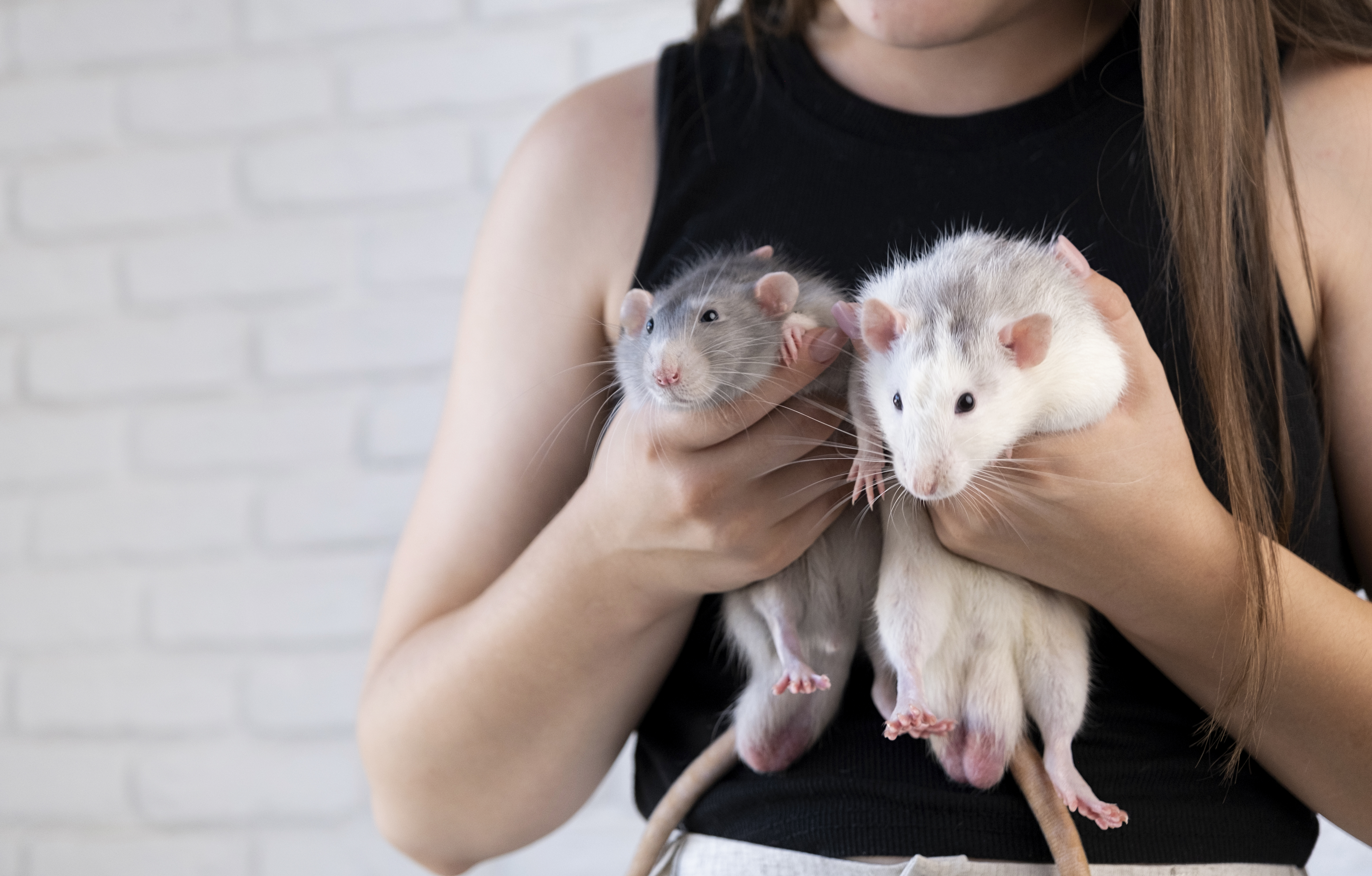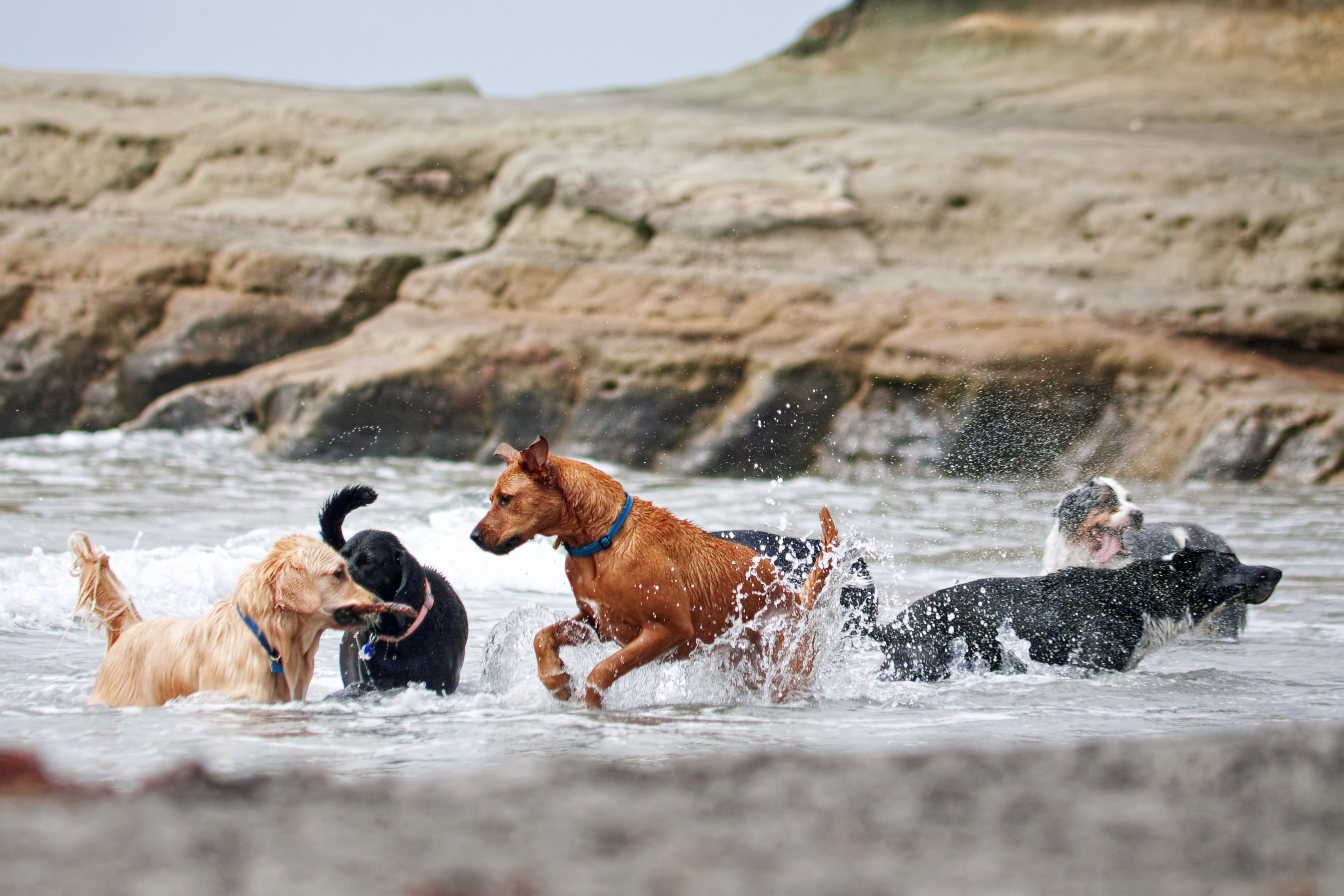Guide To Rabies In Dogs
In 2017, just over four thousand pets were diagnosed with rabies. Fortunately, this was a decrease from 2016, where almost five thousand animals suffered from the disease. The decline in rabies infections can likely be linked to better prevention methods and quick diagnosis techniques. If you have a dog, it's important to stay up-to-date on the symptoms and progression of rabies, as well as the causes and prevention methods. Responsible pet ownership means preventing rabies in your dog to ensure they stay healthy and do not spread the deadly disease to other animals or humans.
Get the facts on rabies in dogs now.
Initial Symptoms

Rabies has an incubation period during which time no symptoms will be present as the virus spreads throughout the body and to the brain. This incubation period varies from animal to animal and can last anywhere from days to months. After a bite, it's normal to not notice any symptoms, which is why taking immediate action is key. The initial symptoms of rabies is usually a change in behavior, where your dog may go from active to withdrawn or, conversely, from withdrawn to active. They may also exhibit flu-like symptoms. Due to the typical lack of symptoms of the disease during the incubation period, make sure your dog is seen after a bite (even if you know the other dog well).
Uncover details on the symptoms as the virus progresses next.
Symptoms As The Virus Progresses

After the incubation period, the 'typical' rabies symptoms will begin. Rabies has two classifications: furious rabies and paralytic ('dumb') rabies. Each of these has their own symptoms as the virus progresses. Symptoms of furious rabies are the most well known and include aggression, lack of appetite, excitement, and paralysis. Pica, a condition that causes dogs to eat rocks, dirt, and trash, also presents itself when impacted by furious rabies. Death is marked by violent seizures in these types of cases. Furious rabies progresses from the source of infection to the spinal cord, where it travels to the brain and begins to multiply.
Symptoms of paralytic ('dumb') rabies are less well known but more common. With dumb rabies, the body slowly becomes paralyzed. Paralysis begins at the site of infection, from here it slowly spreads throughout the body via the motor nerves, which causes damage to the nerves and further paralysis. Eventually, the affected dog will become completely paralyzed and comatose. After the affected dog has become comatose, death usually occurs within a few hours. Dogs who experience dumb rabies do not act aggressively and usually have a drooping mouth with increased salivation. The rabies virus multiplies in the brain and then moves to the salivary glands, making saliva a potential source of infection for humans who come into contact with it.
Continue reading to learn about the causes and risk factors linked to rabies in dogs next.
Causes And Risk Factors

Rabies is a virus transferred through the saliva, so being bitten by another animal with rabies or exposure to another animal's saliva can infect your dog. The main risk factor for rabies is not having your dog vaccinated against it. Other causes and risk factors are frequenting dog parks with unvaccinated dogs or being around dogs who may have been unknowingly infected by the virus. Minimizing or eliminating risk factors is crucial. Some owners choose not to take their dog to the dog park, and many decide to always keep their dog on a leash while on walks. Due to the fact many wild animals can spread the disease, this becomes especially critical while on hikes and other nature walks outdoors.
Read about the diagnosis and treatment of rabies in dogs next.
Diagnosis And Treatment

Unfortunately, there is no test available to determine if a living animal has rabies, and it is diagnosed only after the animal has died, using brain tissue to determine the presence of the virus. Once the clinical symptoms of dumb rabies or furious rabies present themselves, the affected dog will usually pass away within a week. Unlike humans, who can receive a post-exposure prophylaxis (PEP) treatment, dogs cannot. The only 'treatment' for dogs is to be euthanized after a known rabies bite or go through a six-month quarantine, at which time a rabies vaccine is administered. Thus, the lack of diagnosis and treatment for dogs poses a huge issue and makes prevention the number one priority for dog owners.
The lack of PEP treatment in dogs has been a frustrating topic in the vet community. The primary reasons for this are due to the fatality rates of the disease, and public human health often takes priority over animal health. Euthanizing a dog who has rabies decreases the risk to the general public. In addition, PEP treatment results have been varied in dogs and, while they show promise, they have not been studied enough to be considered a successful treatment for rabies.
Read about the best prevention tips for rabies in dogs next.
Prevention Tips

The rabies vaccination is the number one prevention method for avoiding rabies in dogs. The rabies vaccine is given twice, one at four months old and then again one year later. Most states have laws in place mandating your pet to be vaccinated for rabies, and boosters are given every one to three years. The booster shot frequency is determined by the type of vaccine given as well as state law. Side effects of the vaccine are mild, including swelling at the site of injection as well as general malaise.
While up-to-date vaccinations are the most important factor, there are other preventative measures you can incorporate into your dog's routine. Avoid areas with known rabies cases, and make sure your dog plays only with pets who have received their rabies shot. Always keep your dog on a leash to avoid any interaction with wild animals or unknown dogs who could carry the disease. These prevention tips can help keep your dog safe and healthy.
If you are a new puppy owner, or have adopted a dog and are unsure of their vaccination status, it's important to take action to prevent a rabies infection. Always get your pet vaccinated against rabies, take proper prevention measures, and talk to your vet if you have any concerns about rabies in your dog.







